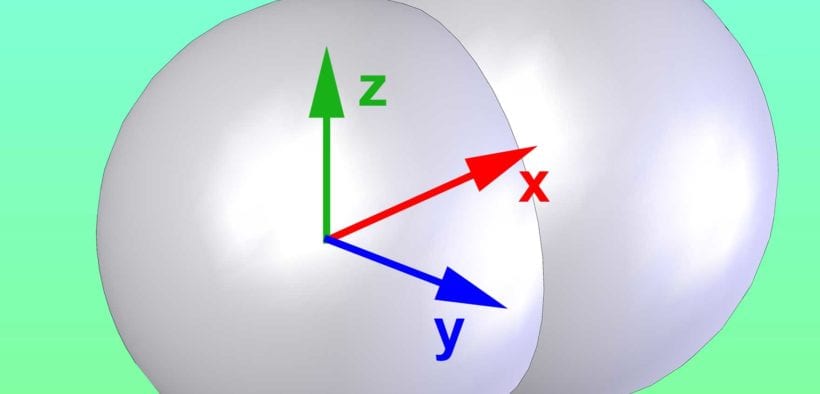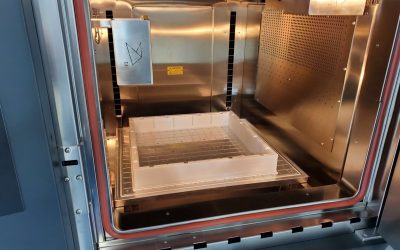Designers are increasingly being expected to produce extremely complex geometry. This is largely driven by the ability of additive manufacturing (AM) and 3D printing to produce virtually any level of detail.
.
Lattices and organic shapes are now common in the latest generation of aerospace components. The development of optimization-based generative design is also a key aspect of this trend. Although the increased design freedom can bring many performance advantages, it is also very problematic for established CAD systems.
.
This article explains why current CAD software has such difficulty with highly complex geometry and how a new approach, implicit modelling, deals with complexity much more efficiently. Every CAD designer will have models that fail to solve or start taking a long time to rebuild. Sometimes this happens when the feature count gets too high, but sometimes simply adding a few fillets can cause major issues. The cause is the underlying […]
Click here to view original web page at www.engineersrule.com




0 Comments